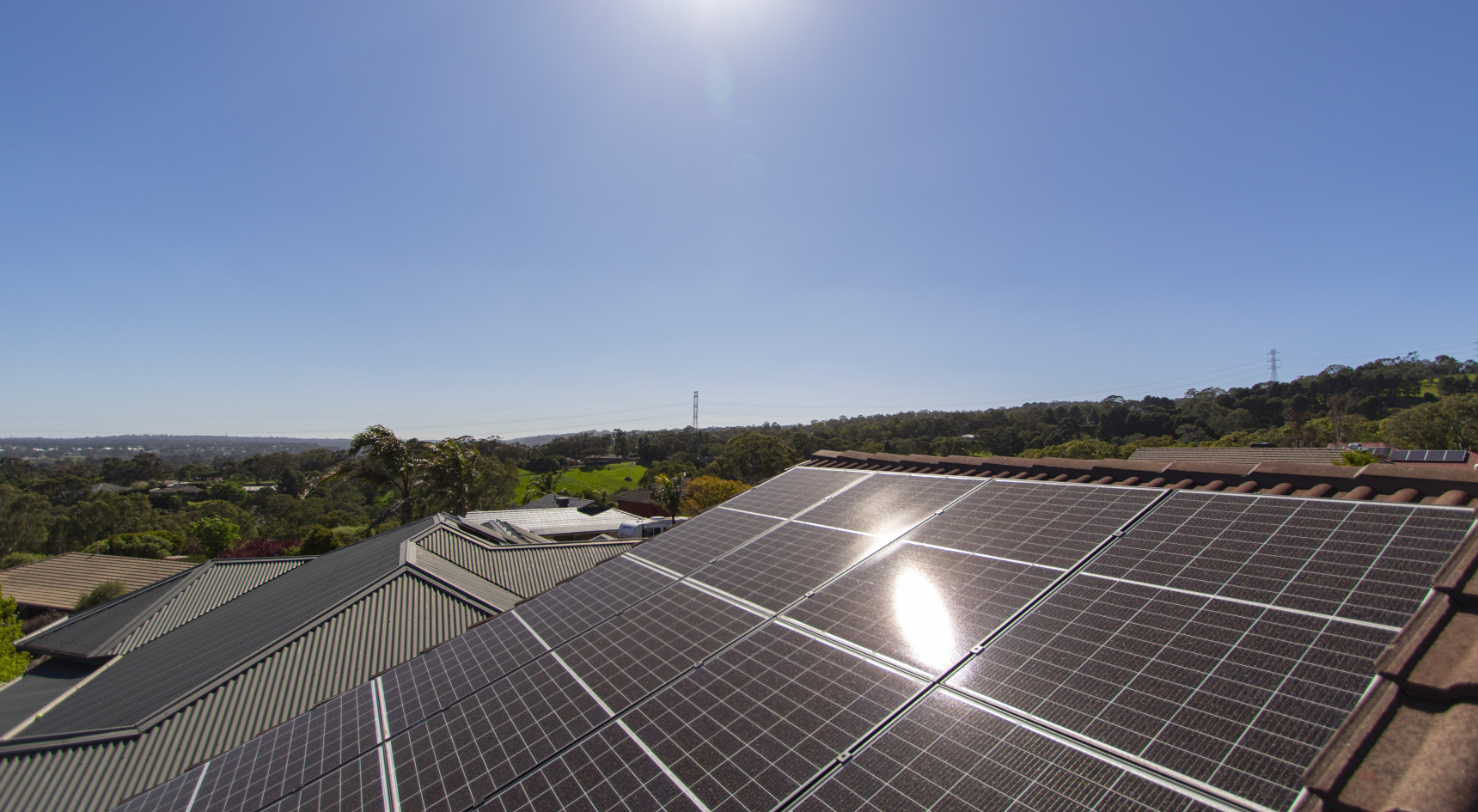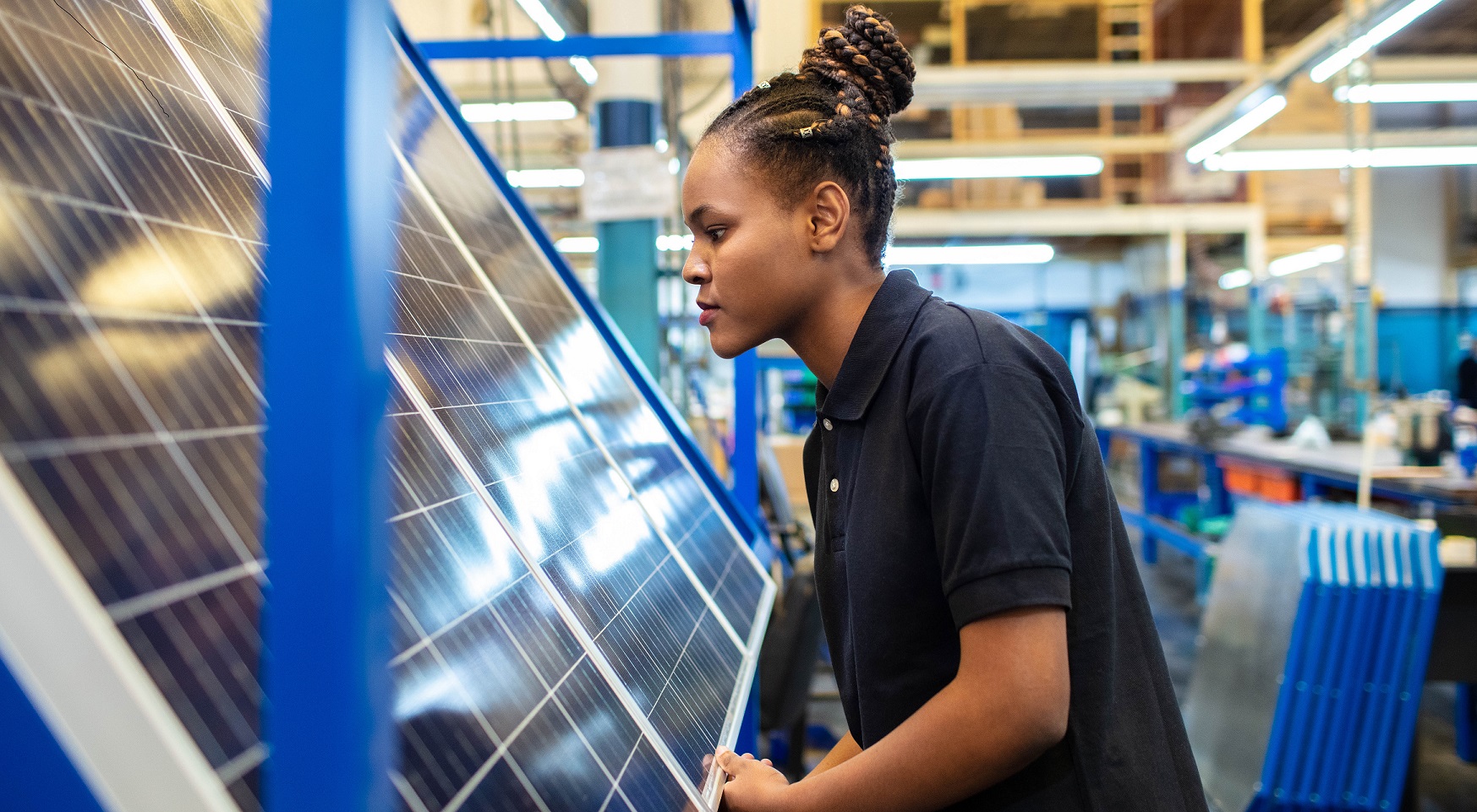Can going solar at home really help the planet?
 Switching to solar at your place can improve your household finances by reducing energy bills, but it also helps make the air we all breathe a little fresher.
Scientists say the Earth’s atmosphere receives enough sunlight in an hour to provide all the planet’s electricity needs for a year.
Now, you’d need a pretty big roof to take on that responsibility alone, but with the right size solar system you can definitely contribute to your own energy requirements, while helping keep the climate in check.
Weighing up whether to go solar at your place right now? We asked the RAA Solar and Battery Storage team to answer some commonly asked questions about solar energy’s role in climate repair.
Switching to solar at your place can improve your household finances by reducing energy bills, but it also helps make the air we all breathe a little fresher.
Scientists say the Earth’s atmosphere receives enough sunlight in an hour to provide all the planet’s electricity needs for a year.
Now, you’d need a pretty big roof to take on that responsibility alone, but with the right size solar system you can definitely contribute to your own energy requirements, while helping keep the climate in check.
Weighing up whether to go solar at your place right now? We asked the RAA Solar and Battery Storage team to answer some commonly asked questions about solar energy’s role in climate repair.

The sun is a great source of clean energy. Image: Getty
What are greenhouse emissions?
Burning fossil fuels like coal, oil and gas to generate electricity releases gases like carbon dioxide and nitrous oxide. Some of these emissions are absorbed by plant life and the ocean, but the rest just hang around in the atmosphere and act like a blanket, preventing excess solar heat from re-radiating back into space. This causes the overall temperature of the planet’s atmosphere to rise, throwing the climate out of whack. According to the Bureau of Meteorology and the CSIRO, climate change is linked to an increase in the frequency and severity of weather-related events like heatwaves, bushfires and droughts.How does solar power help reduce emissions?
This answer is straightforward. While fossil fuel-fired power stations are constantly producing greenhouse gases, a home solar system emits none.
Emissions-free power from the sun. Image: RAA
What about the environmental impact of solar system production?
‘Energy payback time’ is not a Hollywood revenge flick, but rather a calculation of how long it takes your solar system to produce the same amount of energy needed to make it. There are many factors involved, including the type of system, how and where it’s made, the resources used in its production, and how close your house is to the sun. So, panels on a Norwegian ski hut might take a little longer to produce the same amount of energy as a north-facing Somerton Park roof in February. Plenty of researchers have done the maths, and it turns out payback times range from about 1 to 4 years, and it’s constantly improving. This truly highlights the environmental credentials of solar, because for the next 20-plus years of your solar system’s life, it’s effectively in emissions credit. It’s also worth noting that much of the material used in solar systems is recyclable, and manufacturers of quality solar equipment are always seeking more environmentally friendly ways of making their products.
A technician inspects a solar panel. Image: Getty

